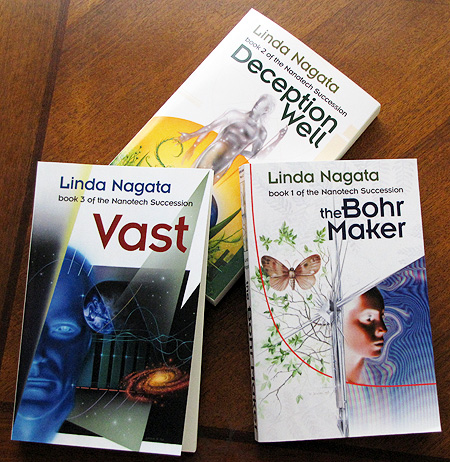The Search for Middle Grade Science Fiction
Wednesday, September 21st, 2011My assignment: find five books similar to my own middle-grade science fiction novel Skye Object 3270a.
Why? Book View Café is going to be doing a Library Thing Early Reader promotion when the book launches at BVC.
I never guessed how hard this simple assignment would be.
I wanted to find books that were recent, popular, science fiction, set in space, with similar-aged protagonists. Here’s the list I finally came up with, which includes books from the ’90s and books not set in space and, I’m sure, some significantly older protagonists:
The Prometheus Project: Trapped – Douglas E. Richards
Quarter Share – Nathan Lowell
Jumper – Steven Gould
Alien Secrets – Annette Curtis Klause
Singing the Dogstar Blues – Alison Goodman
I know there are more books of the type I’m looking for being published among the indies, but I wanted titles a goodly number of readers might recognize. It’s kind of disturbing though, just how rare this sort of book seems to be.
UPDATE: Right after I posted this, @SPrineas on twitter suggested Catherine Jinks’ Living Hell which is definitely space-based; @cbmawn suggested Scott Westerfeld’s Succession; and @jennreese suggested PJ Haarsma Softwire series. So there are books out there, leaving the question: Why are they so hard to find?














